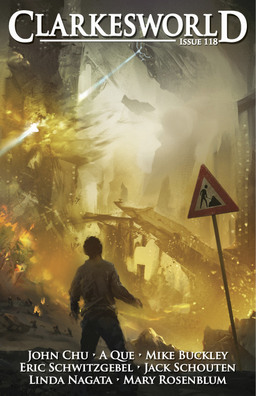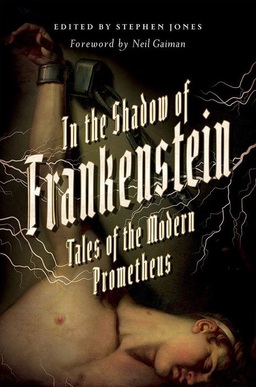 Mary W. Shelley’s gothic horror masterpiece Frankenstein; or, The Modern Prometheus, was published in 1818, shortly after the author turned 20. As we approach the 200th anniversary of one of the greatest horror novels in history, we can expect to see plenty of tribute volumes. But for my money, the only one you need is Stephen Jones’ massive In the Shadow of Frankenstein: Tales of the Modern Prometheus, a 712-page tome which collects pulp stories from Astounding and Weird Tales, modern riffs on the legend of Frankenstein, and three complete novels.
Mary W. Shelley’s gothic horror masterpiece Frankenstein; or, The Modern Prometheus, was published in 1818, shortly after the author turned 20. As we approach the 200th anniversary of one of the greatest horror novels in history, we can expect to see plenty of tribute volumes. But for my money, the only one you need is Stephen Jones’ massive In the Shadow of Frankenstein: Tales of the Modern Prometheus, a 712-page tome which collects pulp stories from Astounding and Weird Tales, modern riffs on the legend of Frankenstein, and three complete novels.
Frankenstein… His very name conjures up images of plundered graves, secret laboratories, electrical experiments, and reviving the dead. Within these pages, the maddest doctor of them all and his demented disciples once again delve into the Secrets of Life, as science fiction meets horror when the world’s most famous creature lives again.
Here are collected together for the first time twenty-four electrifying tales of cursed creation that are guaranteed to spark your interest — with classics from the pulp magazines by Robert Bloch and Manly Wade Wellman, modern masterpieces from Ramsey Campbell, Dennis Etchison, Karl Edward Wagner, David J. Schow, and R. Chetwynd-Hayes, and new contributions from Graham Masterson, Basil Copper, John Brunner, Guy N. Smith, Kim Newman, Paul J. McAuley, Roberta Lannes, Michael Marshall Smith, Daniel Fox, Adrian Cole, Nancy Kilpatrick, Brian Mooney and Lisa Morton. Plus, you’re sure to get a charge from three complete novels: The Hound of Frankenstein by Peter Tremayne, The Dead End by David Case, and Mary W. Shelley’s original masterpiece Frankenstein; or, The Modern Prometheus.
As an electrical storm rages overhead, the generators are charged up, and beneath the sheet a cold form awaits its miraculous rebirth. Now it’s time to throw that switch and discover all that Man Was Never Meant to Know.
In the Shadow of Frankenstein: Tales of the Modern Prometheus is a revised an updated edition of The Mammoth Book of Frankenstein (Carroll & Graf, 1994), and if you have that volume, you probably don’t need this one. This new hardcover edition adds a new Foreword by Neil Gaiman and one new story, Stephen Volk’s “Celebrity Frankenstein,” from Postscripts 28/29 (2012), bringing the total to 24 stories. Diabolique Magazine calls the new edition “a stunning array of stories;” check out their complete review here. In the Shadow of Frankenstein: Tales of the Modern Prometheus was published by Pegasus Books on July 5, 2016. It is 712 pages, priced at $27.95 in hardcover and $26.23 for the digital edition.
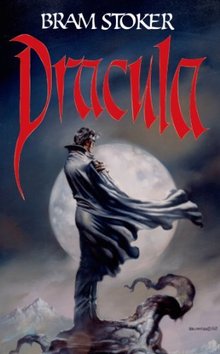 I don’t think there’s anyone in the Fantasy and SF community that isn’t familiar with this concept (I first came across it in a Heinlein novel) but just in case: There’s a point at which all the necessary components to allow for an invention to flourish are in existence, and at that point – and not before – the invention takes off.
I don’t think there’s anyone in the Fantasy and SF community that isn’t familiar with this concept (I first came across it in a Heinlein novel) but just in case: There’s a point at which all the necessary components to allow for an invention to flourish are in existence, and at that point – and not before – the invention takes off.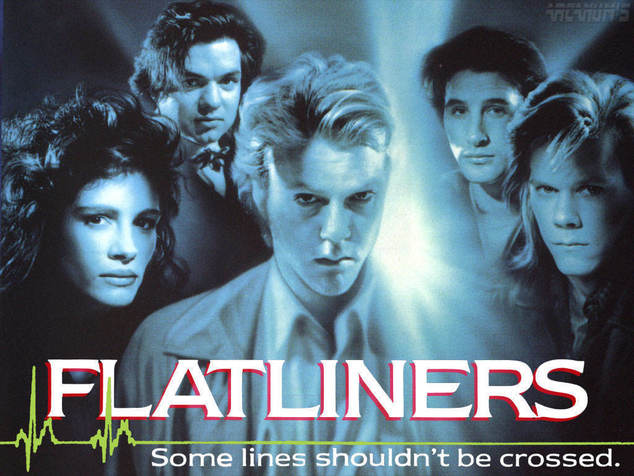
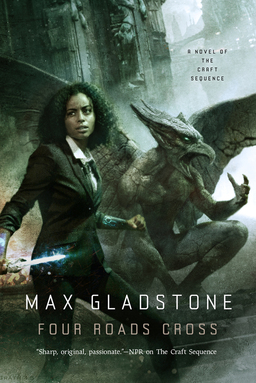

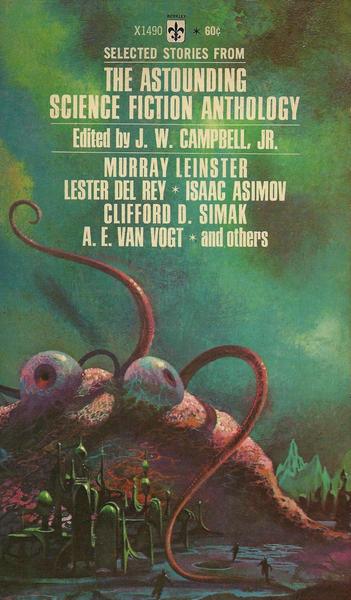
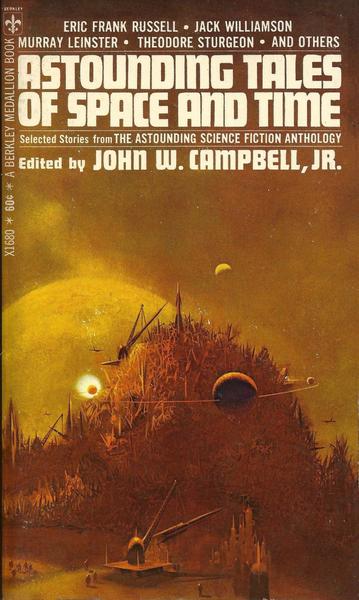
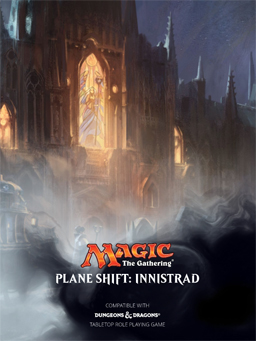 Over at Dragon+, Wizards of the Coast
Over at Dragon+, Wizards of the Coast 
